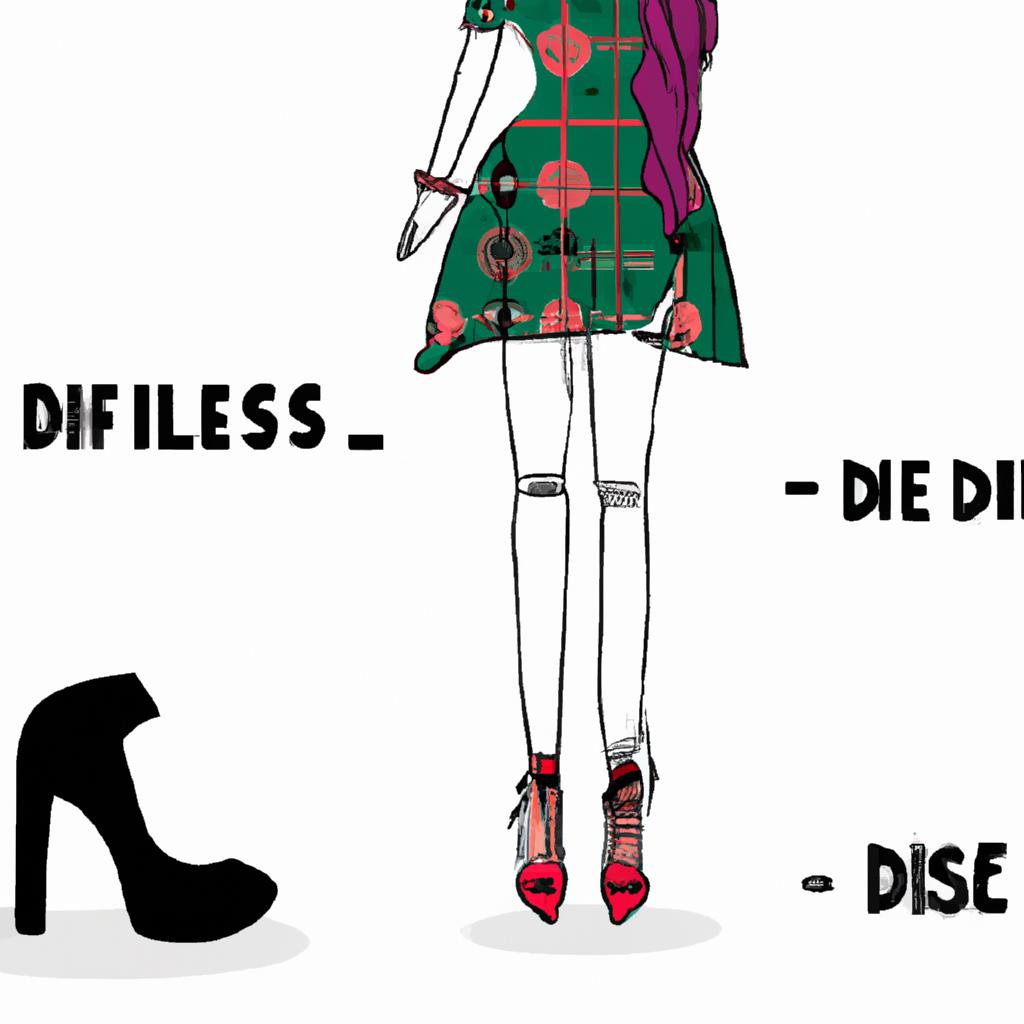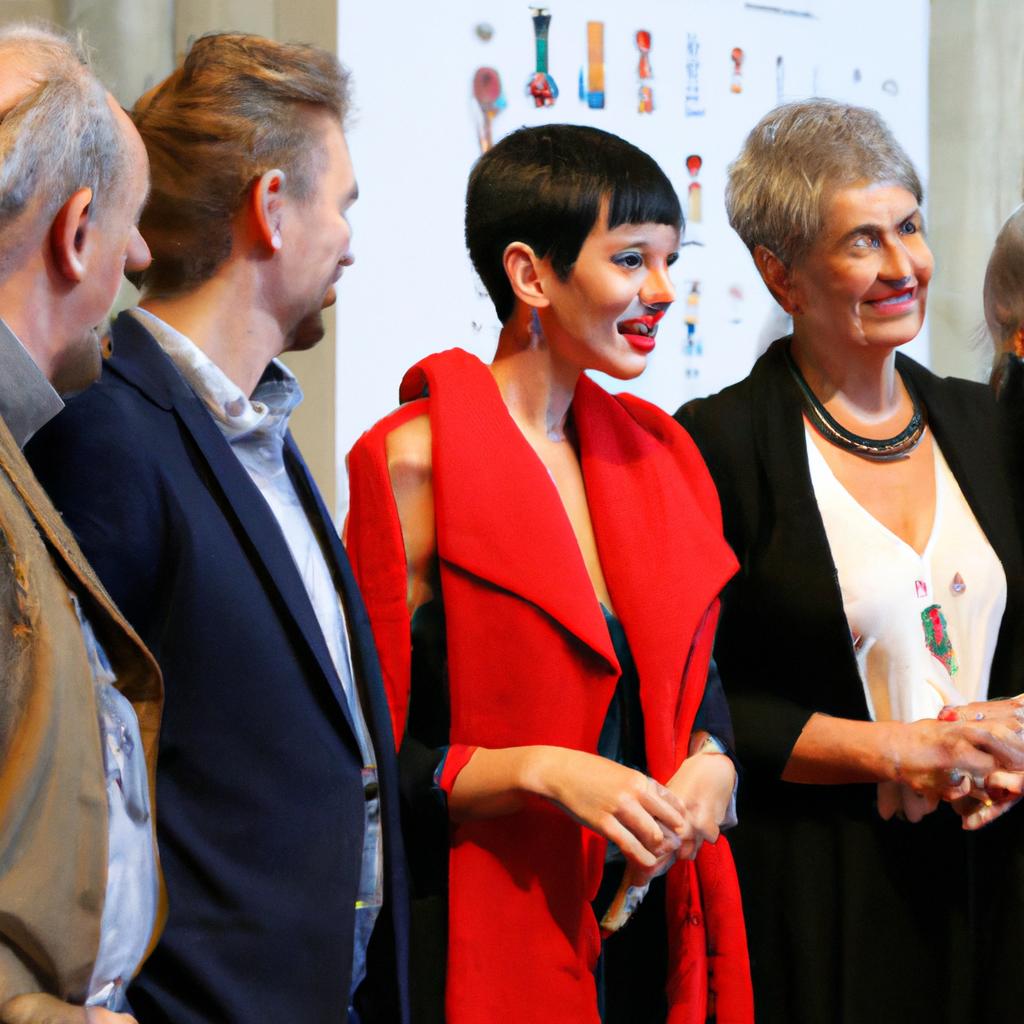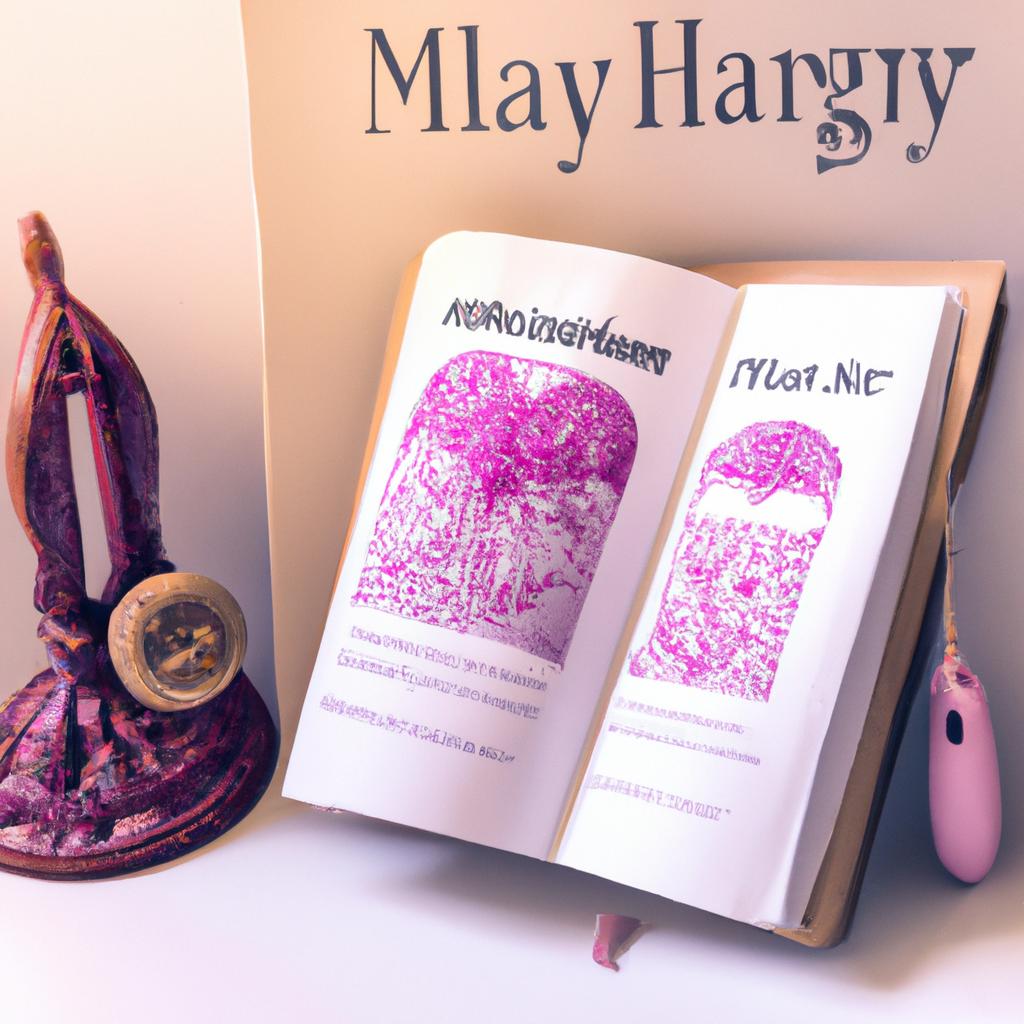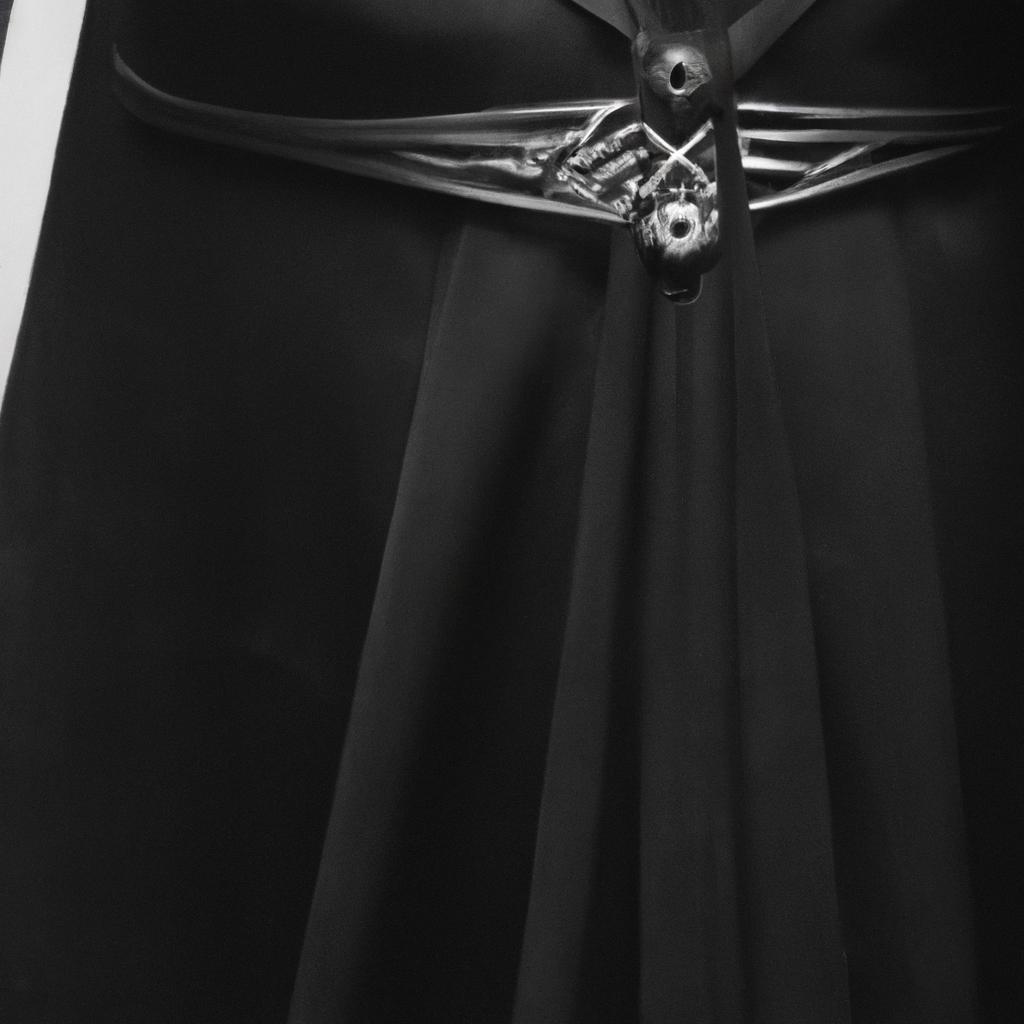Unveiling Style: A Journey Through Fashion History with The Fashion Encyclopedia
In the kaleidoscopic world of fashion, every stitch tells a story, every silhouette serves as a portal to another era. As trends ebb and flow like the tides, the rich tapestry of fashion history unfolds, revealing the influences of culture, art, and innovation that shape what we wear. “Unveiling Style: A Journey Through Fashion History with The Fashion Encyclopedia” invites you to embark on an enthralling exploration of this dynamic landscape. With each chapter, we delve into the origins and evolution of styles, uncovering the visionaries who dared to redefine norms and the movements that sparked revolutions in aesthetics. From the elegant corsets of Victorian women to the daring streetwear of contemporary youth, this article will serve as your guide through the enchanting evolution of garments, offering insights that celebrate the interplay of history and creativity in fashion. Join us as we unlock the pages of The Fashion Encyclopedia, where every turn reveals the profound connection between our past and present styles.

Exploring the Evolution of Fashion Trends Through the Ages
The tapestry of fashion is woven with threads of history, culture, and societal change, showcasing how styles have reflected the times and the whims of human creativity. As we delve into different eras, we uncover how each period brought forth unique trends, influenced by art, politics, and technological advancements. For example, the elaborate gowns of the Victorian era, characterized by their corsetry and voluminous skirts, echoed the rigid social norms and roles imposed on women. Meanwhile, the 1920s flapper style represented a cultural revolution, as women began to embrace freedom and independence, featuring more relaxed silhouettes and daring hemlines.
To further illustrate the evolution of fashion trends, consider the following table, which highlights key fashion staples from various periods:
| Era | Key Fashion Items | Defining Characteristics |
|---|---|---|
| 1600s | Ruffed collars, elaborate gowns | Opulence and attention to detail |
| 1800s | Bustles, top hats | Romanticism and industrial influence |
| 1920s | Flapper dresses, cloche hats | Rebellion and femininity |
| 1970s | Bell-bottom pants, tie-dye shirts | Individualism and bohemian style |
Additionally, throughout the decades, certain themes have persisted while evolving in their interpretation. The **minimalism** of the 1990s paved the way for the return of **luxury streetwear** in the 2010s, reflecting a cyclical nature of trends that often draw inspiration from past styles. The rise of social media has further accelerated the pace of these changes, as fashion influencers harness the power of digital platforms to showcase their unique aesthetics and options to a global audience. In this complex interplay between culture and fashion, it’s clear that style will always be an evolving narrative that continues to surprise and intrigue.

Key Figures Who Shaped the Fashion Landscape
Throughout the annals of fashion, certain luminaries have emerged as pivotal influences, propelling the industry toward new horizons. **Coco Chanel** revolutionized women’s wear by liberating them from the constraints of traditional corsetry, introducing the iconic little black dress and popularizing trousers for women. Similarly, **Christian Dior’s** “New Look” in the 1940s redefined femininity, mesmerizing the world with its emphasis on hourglass silhouettes and lavish fabrics. These trailblazers not only shaped the aesthetic of their era but also instigated broader cultural shifts, blending fashion with art, politics, and social movements.
In contemporary times, the visionaries of **Alexander McQueen** and **Rihanna** continue to redefine boundaries and engage diverse audiences. McQueen’s theatrical presentations often challenged the status quo, merging artistry with poignantly provocative themes, while Rihanna, through her Fenty brand, has democratized fashion, promoting inclusivity and diversity. Their contributions, along with others, have established an ever-evolving framework that fuels innovation within the industry, making it an exciting realm where style meets self-expression.

Navigating Modern Styles: How to Incorporate Historical Influences Today
In the vibrant tapestry of fashion, history serves as a wellspring of inspiration, allowing designers and enthusiasts alike to weave elements of **historical styles** into contemporary wardrobes. The key to successfully integrating these influences lies in understanding the essence of the past and reinterpreting it through a modern lens. Start by exploring **iconic silhouettes** and details that define various eras—whether it’s the structured tailoring of the Victorian age, the carefree flapper styles of the Roaring Twenties, or the edgy rebellion of the punk movement. By focusing on **specific elements** rather than overwhelming yourself with entire period costumes, you can create outfits that celebrate history without appearing dated. Here are a few ideas for **modern incorporation**:
- Accessorize Wisely: Add vintage hats, brooches, or statement jewelry that evoke a bygone era.
- Fabric Choices: Use fabric types synonymous with past styles, like silk for a 1920s glam look or denim for a ‘70s vibe.
- Layering Techniques: Mix and match historical prints with modern pieces to create visually striking contrasts.
Furthermore, using color palettes associated with different movements can provide a modern twist to classic styles. For instance, **earthy tones** reminiscent of the 1970s can blend beautifully with contemporary cuts, while **bold, graphic patterns** seen in the 1980s can reclaim a modern relevance through updated designs. To visualize this integration, consider the following table that showcases **timeless fashion influences** alongside their modern counterparts:
| Historical Influence | Modern Interpretation |
|---|---|
| Victorian Lace | Delicate lace blouses paired with tailored trousers |
| 1970s Bohemian | Flowy maxi dresses with chunky sandals |
| 1980s Neon | Neon accents in athleisure wear |
The Conclusion
As we close the pages of “Unveiling Style: A Journey Through Fashion History with The Fashion Encyclopedia,” we find ourselves enriched by the vibrant tapestry of human expression woven through fabric, color, and form. This exploration has not only illuminated the evolution of styles but has also revealed how fashion serves as a mirror reflecting societal changes, cultural movements, and personal identities across the ages.
From the opulence of historical haute couture to the innovative street styles of today, every era tells a story infused with creativity and individuality. The Fashion Encyclopedia stands as a testament to this ongoing narrative, a resource that invites both enthusiasts and novices to engage with the artistry and significance of fashion.
As we step into the future, armed with the knowledge of the past, may we continue to celebrate the transformative power of clothing. After all, fashion is not merely about what we wear; it is about who we are, who we aspire to be, and the stories we choose to tell. So, here’s to embracing our unique styles, championing diversity, and honoring the legacy of fashion as we curate our own journeys through this ever-evolving art form.

